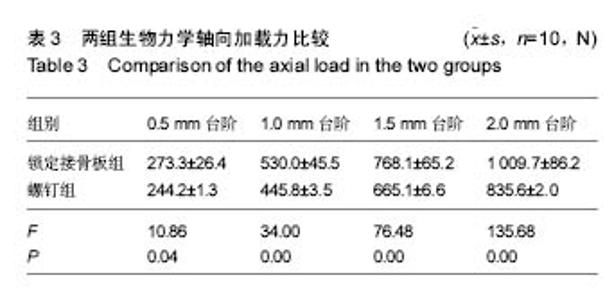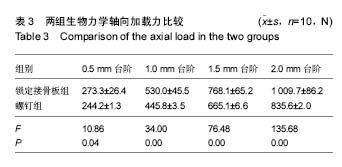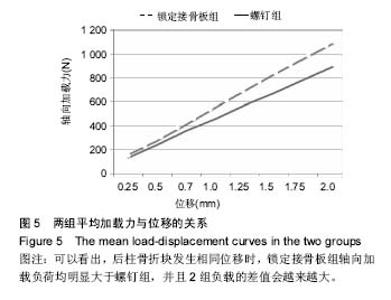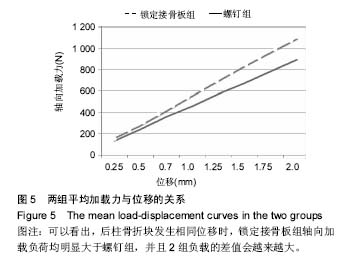| [1] Hansen ST. Functional Reconstruction of the foot and ankle. Philadelphia: Lippincott Williams & Wilkins; 2000.[2] 汤欣,吕德成,唐佩福,等.Pilon骨折的解剖四柱理论与临床治疗的关系[J]. 中华外科杂志,2010,48(9):662-666.[3] Topliss CJ, Jackson M, Atkins RM. Anatomy of pilon fractures of the distal tibia. J Bone Joint Surg Br. 2005;87(5): 692-697.[4] 赵宏谋,梁晓军,俞光荣,等. 三种内固定方法治疗后侧Pilon骨折的临床与生物力学分析[J]. 中国修复重建外科杂志,2013, 27(10):1190-1195.[5] Yao L, Luo CF. Morphologic characteristics of the posterior malleolus fragment .Arch Orthop Trauma Surg. 2014;134: 389-394.[6] Jia SH, Huang CL, Xu HW, et al. Surgical treatment for posterior Pilon fracture through posterolateral approach.Zhongguo Gu Shang. 2016;29(6):557-560. [7] Yenna ZC, Bhadra AK, Ojike NI, et al .Polyaxial Screws in Locked Plating of Tibial Pilon Fractures. Orthopedics. 2015; 38(8):e663-667.[8] Wang Y, Wang J, Luo CF. Modified posteromedial approach for treatment of posterior pilon variant fracture.BMC Musculoskelet Disord. 2016 Aug 5;17:328.[9] Anjum R, Choudhary V, Sharma V. Revisited: A Prospective Study on Functional Outcome of Internal Fixation of Tibial Pilon Fractures with Locking Plate using MIPO.J Clin Diagn Res. 2016;10(10):RL01.[10] Song Z, Xue HZ, Zhang K, et al. Pathogenesis and Treatment Strategies for Pilon Fractures With Ankle Dislocation. J Foot Ankle Surg. 2015;54(5):815-820.[11] Amorosa LF, Brown GD, Greisberg J. A surgical approach to posterior pilon fractures. J Orthop Trauma. 2010;24(3): 188-193.[12] Gardner MJ, Brophy RH, Campbell D, et al. The mechanical behaviour of locking compression plates compared with dynamic compression plates in a cadaver radius model, J Orthop Trauma. 2005;19(9):597-603.[13] Lareau CR, Daniels AH, Vopat BG, et al. Emergency department external fixation for provisional treatment of pilon and unstable ankle fractures. J Emerg Trauma Shock. 2015; 8(1):61-64[14] Bartoní?ek J, Rammelt S, Kostlivý K et al. Anatomy and classification of the posterior tibial fragment in ankle fractures. Arch Orthop Trauma Surg. 2015;135(4):505-516.[15] Schoenleber SJ, Hutson JJ Jr. Treatment of hypertrophic distal tibia nonunion and early malunion with callus distraction. Foot Ankle Int. 2015;36(4):400-407.[16] Tornetta P 3rd, Ostrum RF, Trafton PG. Trimalleolar ankle fracture. J Orthop. Trauma. 2001;15(3):588-590.[17] Chen DW, Li B, Aubeeluck A, et al. Open reduction and internal fixation of posterior pilon fractures with buttress plate. Acta Ortop Bras. 2014;22(1): 48-53.[18] O'Connor TJ, Mueller B, Ly TV, et al. "A to p" screw versus posterolateral plate for posterior malleolus fixation in trimalleolar ankle fractures. J Orthop Trauma. 2015;29(4): e151-156.[19] Kuhn S, Greenfield J, Arand C, et al. Treatment of distal intraarticular tibial fractures: A biomechanical evaluation of intramedullary nailing vs. angle-stable plate osteosynthesis. Injury. 2015;46 Suppl 4: S99-S103.[20] Assal M, Ray A, Stern R. Strategies for surgical approaches in open reduction internal fixation of pilon fractures. J Orthop Trauma. 2015;29(2):69-79.[21] Chen DW, Li B, Aubeeluck A, et al. Open reduction and internal fixation of posterior pilon fractures with buttress plate. Acta Ortop Bras. 2014;22(1):48-53.[22] Switaj PJ, We atherford B, Fuchs D, et al. Evaluation of posterior malleolar fractures and the posterior pilon variant in operatively treated ankle fractures. Foot Ankle Int. 2014; 35(9):886-895.[23] Zelle BA, Gruen GS, McMillen RL, et al. Primary Arthrodesis of the Tibiotalar Joint in Severely Comminuted High-Energy Pilon Fractures.J Bone Joint Surg Am. 2014;96(11):e91.[24] Assal M, Ray A, Fasel JH,A modified posteromedial approach combined with extensile anterior for the treatment of complex tibial pilon fractures (AO/OTA 43-C).J Orthop Trauma. 2014; 28(6):e138-145.[25] Yao L, Zhang W, Yang G, et al. Morphologic characteristics of the posterior malleolus fragment: a 3-D computer tomography based study. Arch Orthop Trauma Surg. 2014;134(3): 389-394.[26] Mcphillamy A, Gurnea TP, Moody AE, et al. The Clinical and Economic Impact of Generic Locking Plate Utilization at a Level II Trauma Center.J Orthop Trauma. 2016;30 Suppl 5: S32-S36.[27] Fokin A Jr, Huntley SR, Summers SH, et al. Computed Tomography Assessment of Peroneal Tendon Displacement and Posteromedial Structure Entrapment in Pilon Fractures. J Orthop Trauma. 2016;30(11):627-633.[28] Duckworth AD, Jefferies JG, Clement ND, et al. Type C tibial pilon fractures: short- and long-term outcome following operative intervention. Bone Joint J. 2016;98-B(8):1106-1111.[29] Dibbern K, Kempton LB, Higgins TF, et al. Fractures of the tibial plateau involve similar energies as the tibial pilon but greater articular surface involvement. J Orthop Res. 2017; 35(3):618-624.[30] Penny P, Swords M, Heisler J, et al. Ability of modern distal tibia plates to stabilize comminuted pilon fracture fragments: Is dual plate fixation necessary? Injury. 2016;47(8):1761-1769.[31] Viberg B, Kleven S, Hamborg-Petersen E, et al. Complications and functional outcome after fixation of distal tibia fractures with locking plate - A multicentre study. Injury. 2016 ;47(7):1514-1518. |



